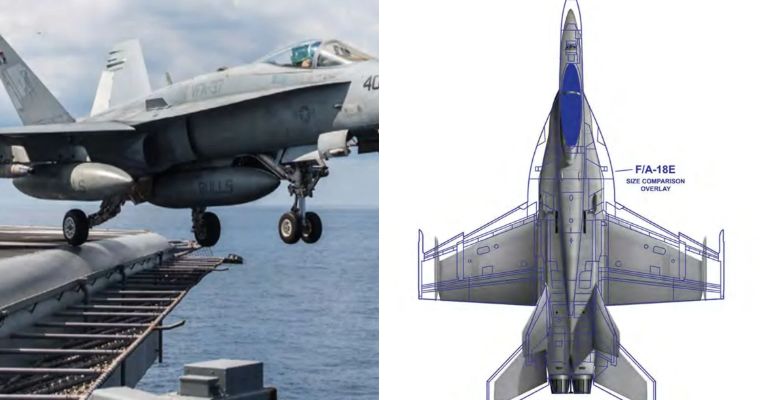The F-35 production process has been called an orchestra where time-tested manufacturing principles, next generation tooling techniques and a highly skilled workforce perform together to produce unmatched capabilities for American and allied forces. More than 300,000 individual parts all come together to produce the F-35 Lightning II at Lockheed Martin’s Air Force Plant 4 mile+-long factory in Fort Worth, Texas.

The F-35 program brings together the world’s most experienced aerospace industry leaders, including Lockheed Martin, Northrop Grumman, BAE Systems and Pratt & Whitney. The global team also includes more than 1,400 suppliers from domestic and international companies around the world.
This landmark project combines team expertise with sophisticated manufacturing, engineering and technological capabilities.
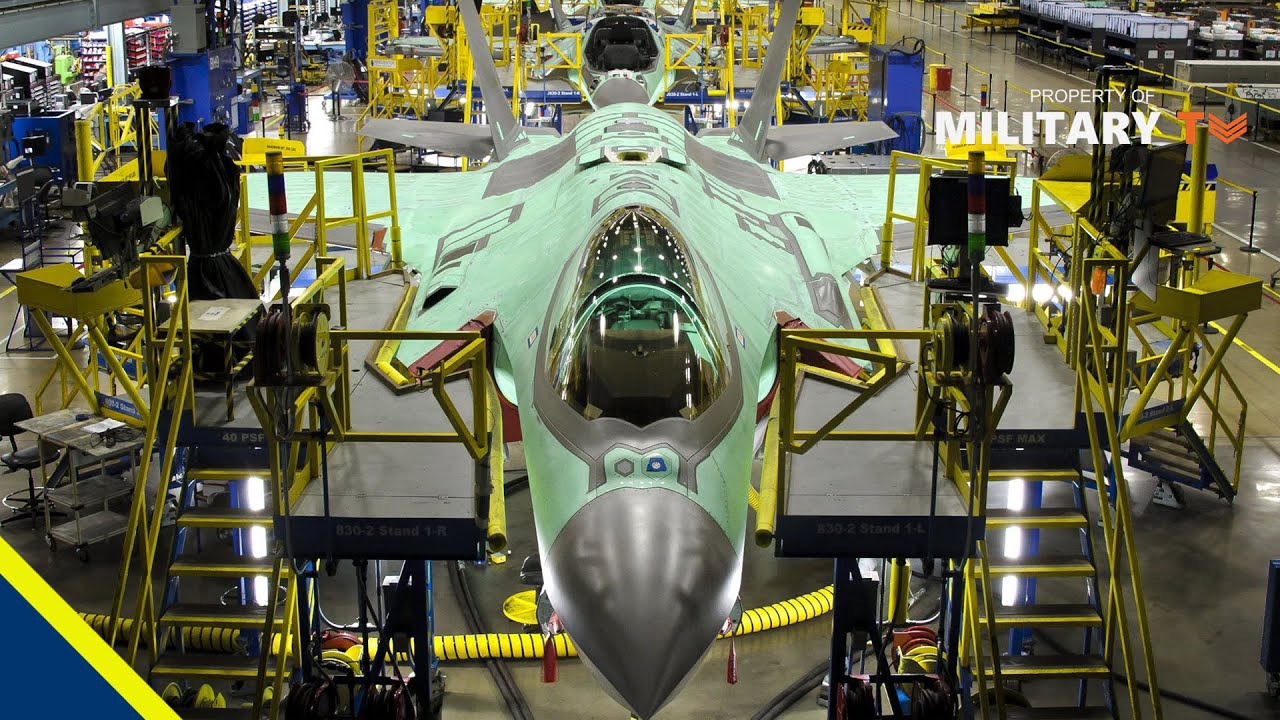
The F-35 production strategy is based on flow-to-takt manufacturing implementation. Flow-to-takt is the movement of component assemblies, like wings and forward fuselages, from one build station to the next at a rate equal to the delivery rate.
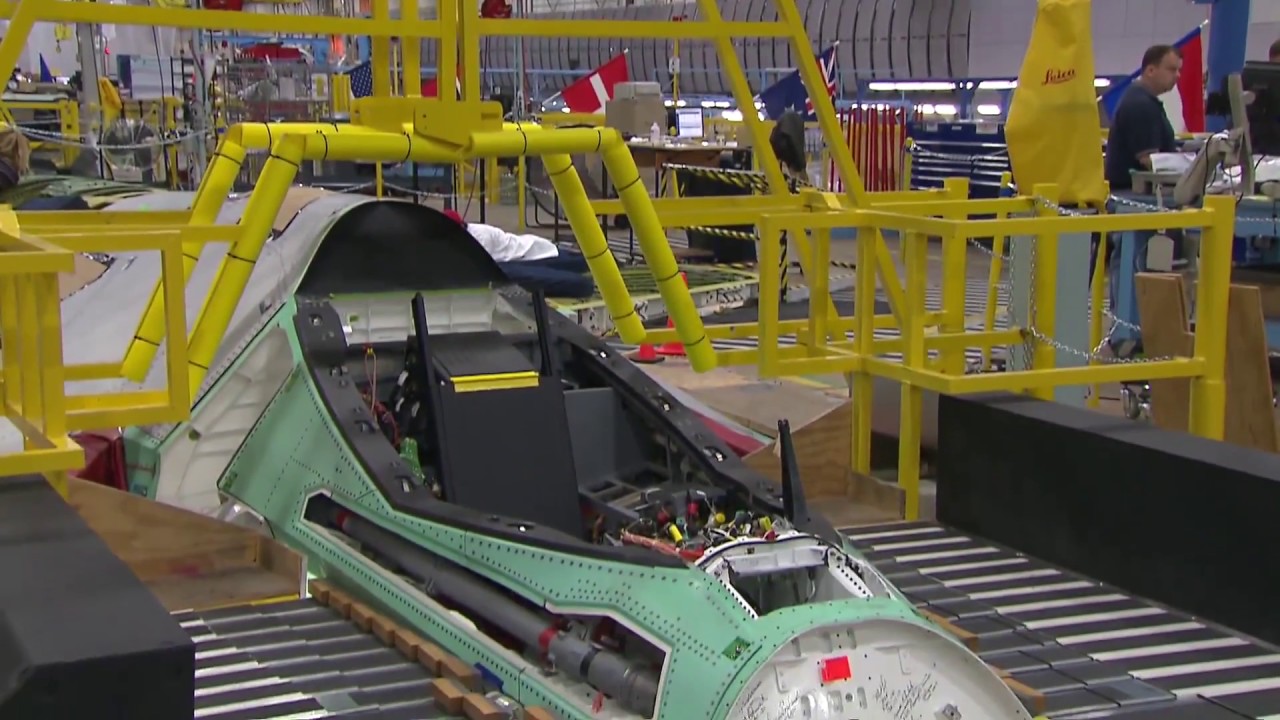
This production rhythm increases efficiencies, lowers costs and reduces span times while synchronizing the delivery of parts, timing of tasks and positioning of personnel to achieve standard work in each line position.
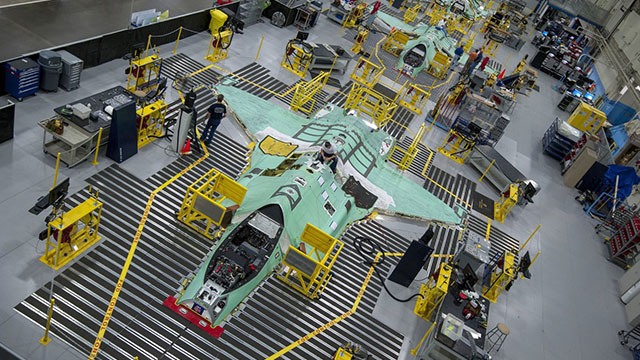
The F-35 production strategy is already paying tremendous dividends. Production learning curves are beating legacy aircraft like the F-16. Costs have come down 62 percent since the procurement of the first production aircraft, and the time it takes to build the F-35 has been reduced by nearly half.
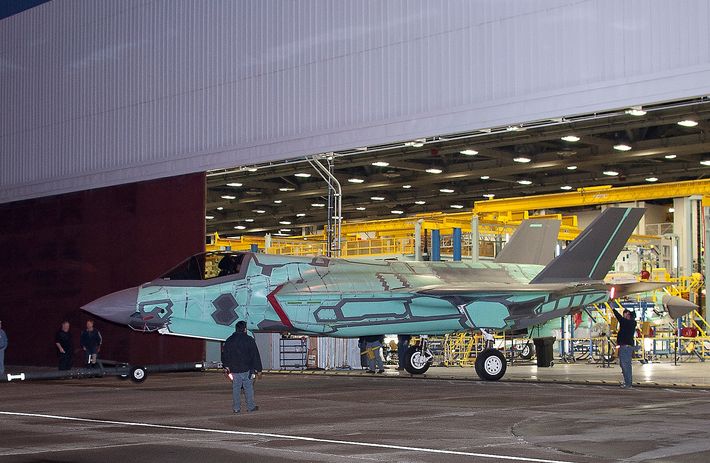
As the F-35 prepares to enter full rate production, these key manufacturing indicators are projected to continue to improve.
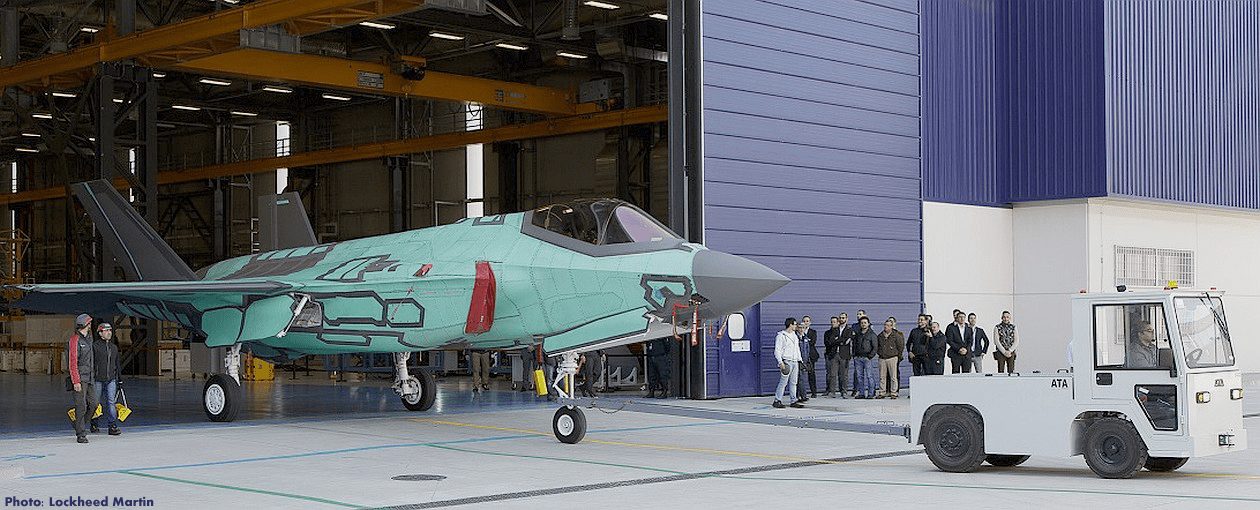
Source: Military Leak







